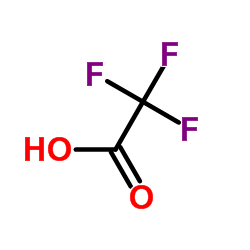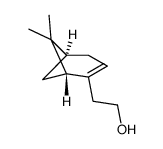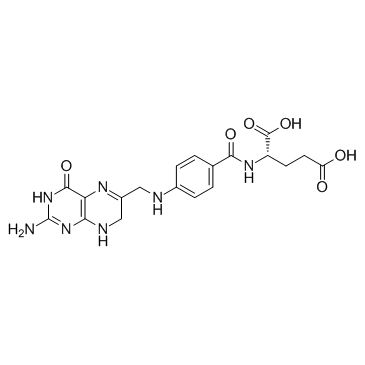| Structure | Name/CAS No. | Articles |
|---|---|---|
 |
Potassium
CAS:7440-09-7 |
|
 |
N,N-Dimethylformamide
CAS:68-12-2 |
|
 |
trifluoroacetic acid
CAS:76-05-1 |
|
 |
Dimethyl sulfoxide
CAS:67-68-5 |
|
 |
2-Chlorotrityl Chloride
CAS:42074-68-0 |
|
 |
(-)-NOPOL
CAS:35836-73-8 |
|
 |
potassium hydride
CAS:7693-26-7 |
|
 |
Dihydrofolic acid
CAS:4033-27-6 |
|
 |
DIEA
CAS:7087-68-5 |
|
 |
8-Octanoyloxypyrene-1,3,6-trisulfonic acid trisodium salt
CAS:115787-84-3 |